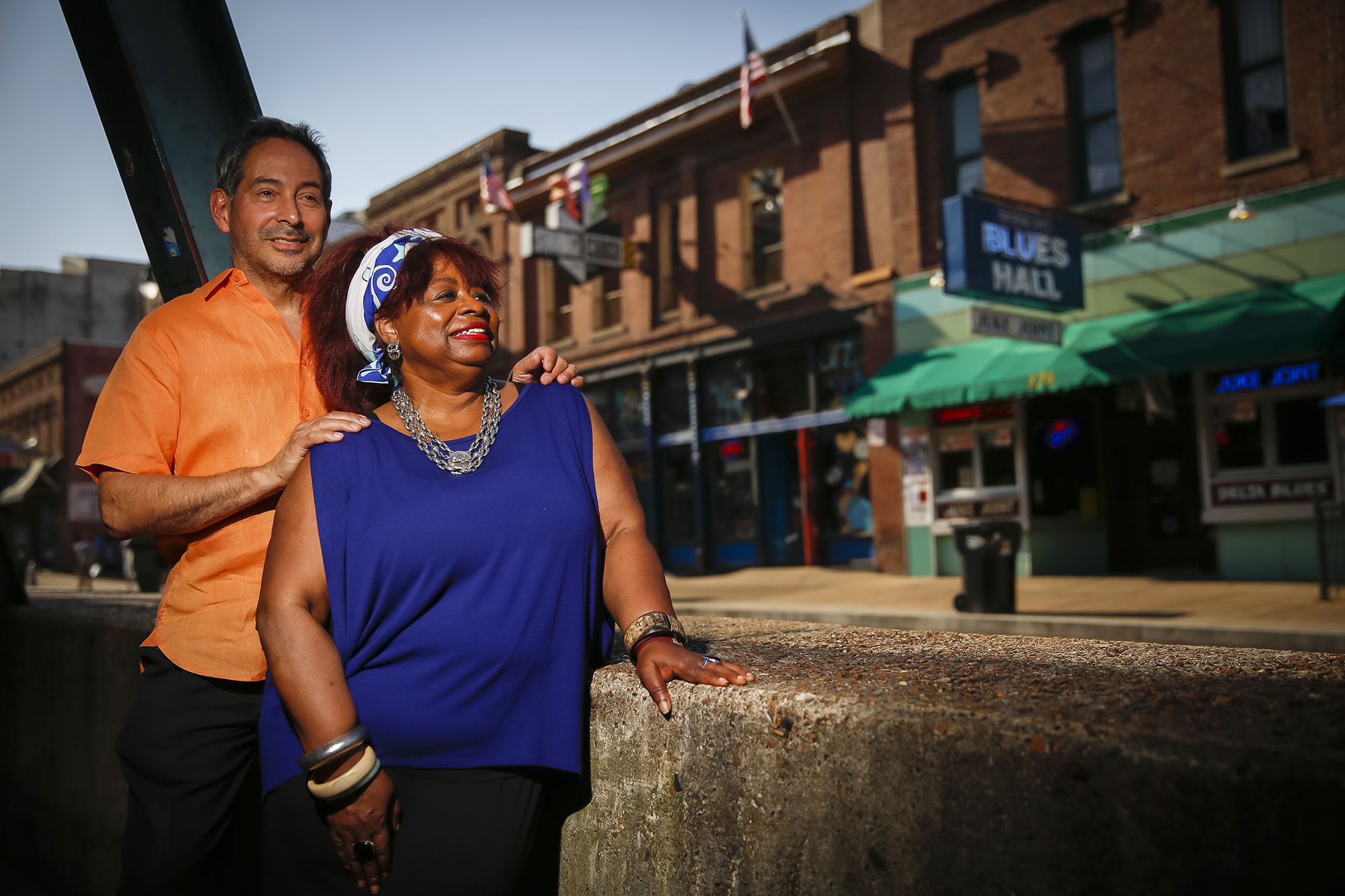By Peggy Reisser Winburne
Some people come to Memphis for the barbecue, some for the music, some for the river. Paul Juarez and Patricia Matthews-Juarez came to Memphis for the numbers.
Specifically, they were drawn by numbers that reflect the health status of the poor and medically underserved in Memphis and Shelby County. Numbers like these:
- Black women in Shelby County are twice as likely as white women to die from breast cancer.
- The infant mortality rate is almost three times higher in the black community than in the white.
- The mortality rate from diabetes is 2.8 times higher for blacks than whites.
They hope their work in the Bluff City area will change those numbers for the better. The couple were recruited to the University of Tennessee Health Science Center (UTHSC) last year by David Stern, executive dean of the College of Medicine, and charged with setting up a center to focus on reducing health disparities in the community. UTHSC team members have worked for decades to close gaps in health literacy and health-care delivery in the Mid-South, but a comprehensive center in the College of Medicine is a new approach.
As co-directors of the Research Center on Health Disparities, Equity and the Exposome at UTHSC, they not only research health disparities but will use the data to empower the community to turn those numbers around and improve overall health and wellness in Memphis and statewide. “It’s not just research for research’s sake,” Matthews-Juarez says.
The center may require some explanation for nonscientists. An exposome is a measure of the impact of all environmental exposures on an individual’s health throughout life. The center’s exposome model looks at the natural environment (air, water, land); the built environment (buildings, transportation, community resources); the social environment (poverty, education, racial segregation); and the policy environment, (federal, state and local laws). All of these affect health outcomes in some way, Juarez says.
Those categories are the framework for gathering data on health disparities in six broad areas: cancers; cardiometabolic diseases, including diabetes, cardiovascular disease and obesity; HIV and sexually transmitted diseases; maternal and child health, including infant mortality, low birth weight and preterm labor; intentional and unintentional injuries; mental health and substance abuse.
The couple did similar research most recently at Meharry Medical College in Nashville. They met in the doctoral program at Brandeis University (he received his doctorate seven minutes before she did), married in 1981 and have two grown daughters. They have worked in the same departments at the same institutions most of their married life.
They had no plans to leave Nashville when they were approached with the opportunity to come to Memphis. “We had passed through Memphis once but really never spent any time here,” Juarez says. “We got here, and we love it.” They chose to live downtown to get the true flavor of the city.
The duo is well aware that there is much work to be done here. And so, they are reaching out to community organizations and neighborhood associations, gathering information about the health of the city, recruiting staff and establishing contacts that will help them tackle the area’s chronic health problems. Their ultimate goal is to arm citizens with data so they can ask the right questions and move toward solutions.
A year into building the center, they have written a number of grant proposals for funds to implement targeted interventions to reduce disparities in breast cancer, infant mortality, lung cancer and many other health issues. They have developed a large database of health and environmental information to increase understanding of the environmental context of health disparities, and are working on an interactive mapping website (immemphis.com) to provide the information to community partners.
Beyond gathering data, they are meeting with numerous organizations to build bridges into the community. They plan a major breast cancer survivor meeting in the fall, bringing together 500 women to tell their stories and pose for a photo gallery to put faces on breast cancer locally. Also planned are monthly noon meetings of physicians, scientists, activists and citizens to discuss issues of health disparity and community needs. They hope to publish an online community report card with data on the health of its citizens.
“People are slowly coming forth,” says Matthews-Juarez. “I think our biggest success really has been galvanizing people to think differently about what can happen in Memphis if we work together.”



